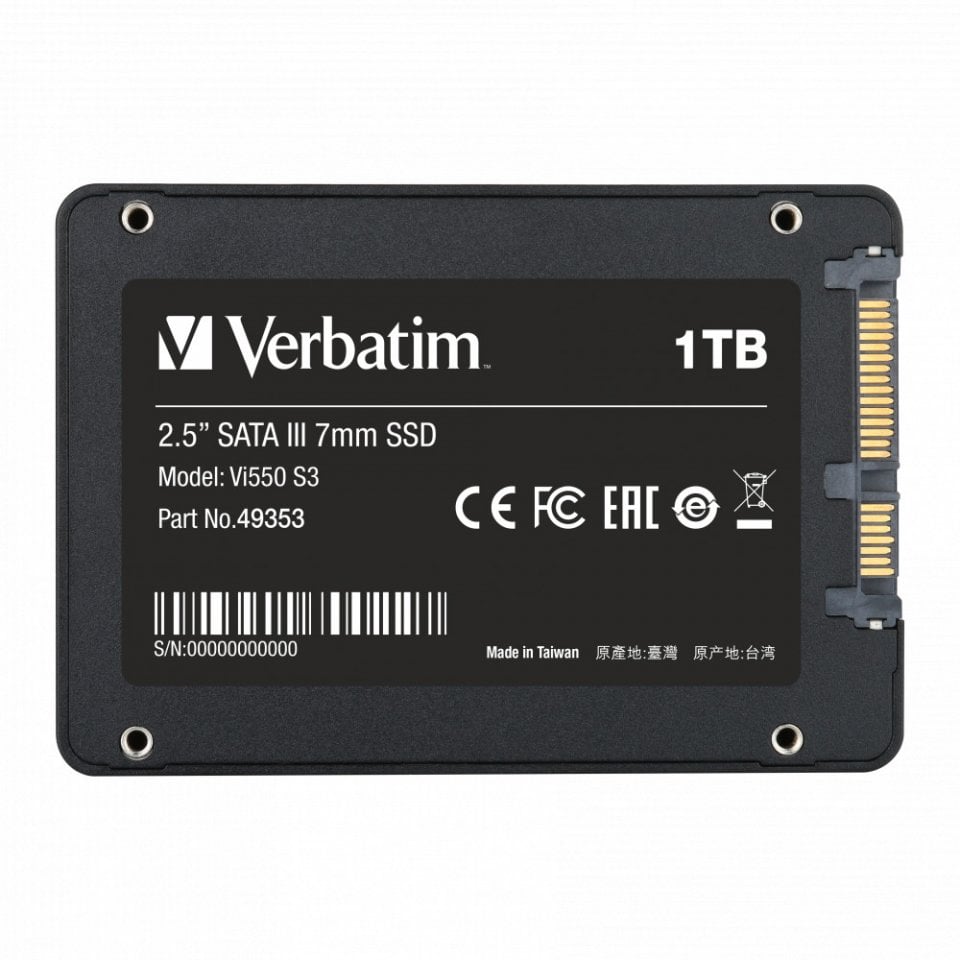SSD performance: load times of 12 games with SSDs and hard drive

Applications and of course games load much faster if they are not installed on a normal hard drive but on an SSD. SSDs, on the other hand, are significantly more expensive than hard drives in terms of capacity, although they are becoming cheaper and cheaper. 1000GB is now available from as little as 40 euros. But what are the advantages of SSDs when loading games? We tried to find out with a practical test, in which we examined the time saved by SSDs when loading games in comparison to a hard disk, but also in a comparison of different SSD types. The distinction between SSDs with SATA and M.2 interface with PCIe connection is important to us, whereby we also differentiate between PCIe 3.0 and 4.0.
Overall, we will compare the loading times of 12 games, namely the loading time to the main menu and the loading time of a saved game – so we offer you 12 games with two measured values each on four different drive types, which results in a total of 96 measured values. Of course, for a clear overview, we also use the sum of both loading times and average values, so that in the end there are even more than 150 values. We also explain in brief right at the beginning why SSDs offer an advantage in loading times at all. Finally, we have placed a current market overview with 50 relatively inexpensive SSDs at the end of the special.
SSDs: That’s why they’re so fast
We regularly take on the subject of SSDs in the form of a special. We have often explained that the outstanding advantage compared to a hard disk is the lack of access time. There are many small delays in a hard drive as the mechanical components have to be brought into the correct position before data can be read or written.
The components are metal discs, which rotate very quickly inside and on which the data is stored magnetically, as well as the write and read arms, which have to be moved to new positions over the discs again and again in order to transfer the individual data packets in a figurative sense to pick up. This inevitably causes short delays when reading and writing data.

Verbatim Vi550 S3 1000GB
Source: Verbatim
Hard disks have not gotten any faster for years, since the metal discs cannot be rotated with unlimited speed and there are only minimal advantages from higher rotation speeds from around 5000 RPM (revolutions per minute) anyway.
There were a few models with 10,000 rpm, for example, but with a mix of production costs, energy efficiency and reliability, the value of 7200 rpm has proven to be the sensible maximum. Models for continuous use tend to run at 5400 rpm and, in case of doubt, have slightly lower data transfer rates.
SSDs: Data transfer rate not so important
An SSD, on the other hand, reads the data purely electronically, similar to a RAM bar. The data rate is much less important than many might think.
A very fast M.2 SSD connected to PCIe 4.0 reads the data at 5000 MB/s (megabytes per second) and more, a model with a SATA connection only manages 550 to a maximum of 600 MB/s – the loading times for games are still high only marginally slower with a SATA model than with a very fast M.2 model, according to tests we reviewed earlier.
This is because loading games isn’t just about shuffling data, the actual data transfer is just part of the whole process. But what exactly are the differences? We checked this with a practical test in which, as mentioned before, we used three types of SSD and one hard disk as well as 12 games. We summarize the results on the next page.
Reference-www.pcgames.de